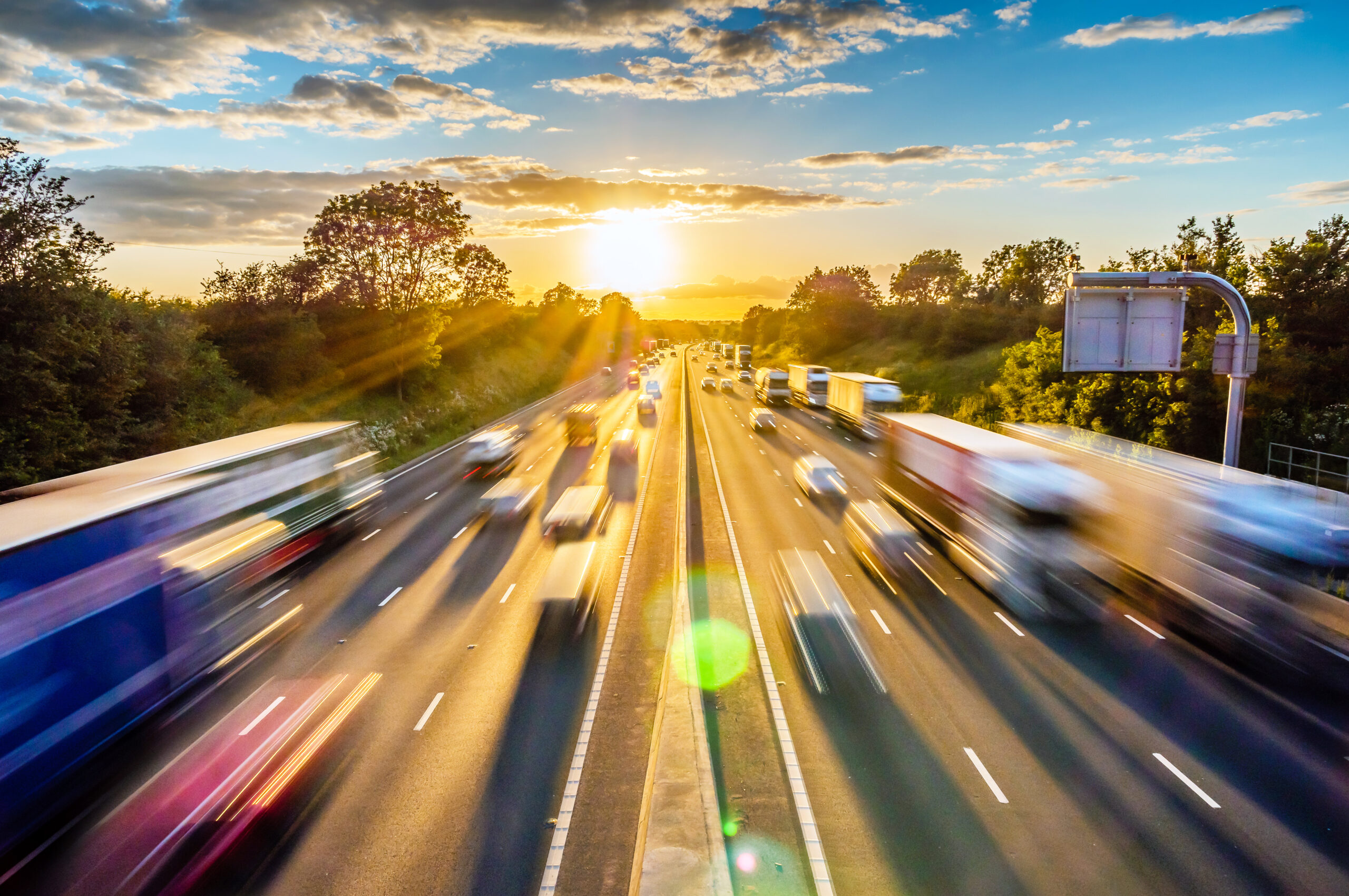Frequently Asked Questions

Products and Use Cases
How are Radar microwave sensors and Bluetooth traffic sensors different? How do I know which is right for me?
Radar Microwave Sensors collect data in a specific spot, for only as long as the object is within range. Radar sensors are designed to count how many objects move through the location, and are able to identify moving objects in one of seven classifications: passenger cars, pedestrians, bicyclists, motorcycles, transporters, trucks or buses, and long trucks. Radar sensors allow for the collection of traffic volume and type of object at a specific location.
Radar sensors can be right for you when your goal is to understand the volume of traffic and the different transportation modes in an area with mixed traffic, such as pedestrians, cyclists and vehicles. Learn how radar sensors were used in New Zealand to get a clear view of intersections and other roadway usage.
Bluetooth Traffic Sensors detect unique MAC addresses from Wi-Fi and Bluetooth signals emitted from smart devices such as cell phones, smart watches, and in-car entertainment and GPS systems. They are used for re-identification purposes, requiring more than one sensor to identify and re-identify objects (vehicles, pedestrians, etc.) at different points along a route. When a Bluetooth sensor re-identifies an object, it can determine metrics such as how long it took it to get from point A to point B (i.e., travel time), speed, and delay time.
Bluetooth sensors can be used for a variety of projects where tracking the movement of vehicles provides insight. Bluetooth sensors can help monitor congestion in work zones, measure wait times in ports, and identify traffic patterns in origin-destination studies.
If you’re still unsure which sensors would be best for your project, book a free demo to learn more!
How do I monitor and detect vehicle queues on my private property?
Landowners and property managers of mining sites, waste disposal facilities, event venues, parking lots, and other traffic heavy venues can experience traffic congestion, delays, and a lack of information about how vehicles are moving through their property. These problems can benefit from solutions that monitor and report traffic congestion in real-time with predictive insights for proactive countermeasures.
SMATS’ radar and Bluetooth sensors allow property owners to collect traffic data and gain insights into the movement of vehicles on their property, and can report to owners or staff via automated notifications in real-time: queue warning, queue detection, traffic count, and vehicle wait times.
Check out how Outlets at the Dells used SMATS sensors to get automated vehicle counts through its parking lot.
Can SMATS technology count multi-modal traffic, i.e., traffic that is mixed with pedestrians, cyclists, vehicles, etc.?
Yes! The smartmicro radar sensors can count and classify traffic with a range of up to 300 meters. The radar sensor can detect up to 256 moving objects at the same time, across 12 different lanes, and has seven classifications: pedestrians, bicycles, motorcycles, passenger cars, transporters, trucks or buses, and long trucks. The radar sensors also have a queue detection feature, meaning if traffic of any kind stops moving, you’ll get a real-time alert!
Can SMATS’ technology help measure billboard effectiveness?
Yes! Our solution gives insight into: 1) Count – data that tells you how many moving objects passed your billboard. 2) Traffic classifications – data that tells you the type of passerby seeing your billboard the most, including pedestrians, bicycles, motorcycles, passenger cars, transporters, trucks or buses, and long trucks. 3) Dwell time – data that tells you how long the billboard was within the sight of an individual, and 4) Speed of traffic – data that helps you determine how long vehicles will be within sight of your billboard.
SMATS’ technology can also provide data on repeated impressions vs new impressions, as well as how many of your billboards an individual sees on their travel route. SMATS’ Bluetooth sensors detect unique MAC addresses from Wi-Fi and Bluetooth connected devices, providing data on how many times unique devices pass a billboard, and at what times.
What is probe data?
Probe data offers visibility and insight into the locations of moving vehicles obtained from cell phones, connected cars, or fleet GPS tracking systems.
SMATS’ aggregated crowdsourced traffic data and high-resolution connected car data are probe data through which transportation engineers can analyze vehicle movements and journeys for projects related to congestion management and road safety.
High-resolution connected car probe data has a location precision of under 3 meters, every 3-second update interval and can provide real-time data in under 32 seconds. Connected car probe data can be translated into metrics such as: complete trips, number of stops, and harsh accelerations or brakes.
How is crowdsourced data different from connected car data?
SMATS’ aggregated crowdsourced traffic data is sourced from navigational apps, either built into vehicles or through smart devices, such as Google Maps, Waze, and TomTom. The apps collect anonymous data such as location, travel time, speed, and traffic delays, which can be used to gain insight on traffic patterns. This kind of data can help identify congestion and common delay zones, and provide insights such as travel time and speed on roadway segments.
To learn more about how to use crowdsourced data, see how Collier County used crowdsourced navigational data to locate and ease seasonal congestion on roads, and how the Florida Department of Transportation used it to reduce queues on off-ramps in real-time.
Connected car data comes from the vehicle itself, such as onboard GPS, entertainment, or CarPlay systems. SMATS partners with Wejo to provide this data, as it offers more detailed insights into metrics such as speed, number of stops, intersection analysis, harsh brakes, and delays. High-resolution connected car data also has a location precision of under 3 meters with an update interval of 3 seconds, allowing it to provide real-time data in under 32 seconds. Connected car data has been used by cities for planning, such as being used to determine what routes commuters take.
Both crowdsourced and connected car data provide anonymous, location-based data. They offer more insight into full trip data, and have been used by cities for origin-destination and before-after studies. If you’re unsure which would be better for your project, you can book a free demo!


